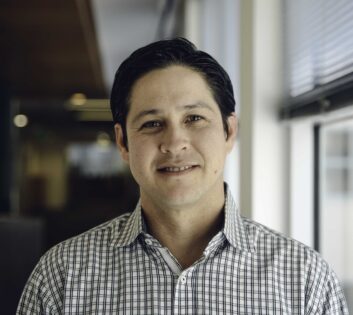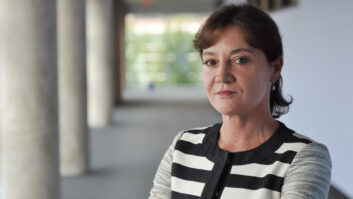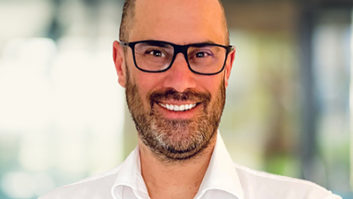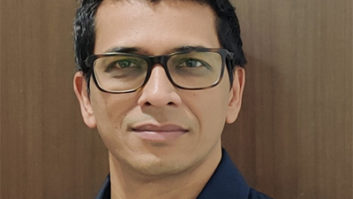 Talk us through an average day in your role
Talk us through an average day in your role
Every day is a bit different, but the common thread is that there is a lot of time spent learning, and keeping plates spinning. Core to my role is helping drive the product vision. As a media platform company, that includes helping set our technology strategy as well. With some of our team based in Europe, that means being up early several days a week to stay on the same page regarding where we are on current product releases, challenges or obstacles ahead, and if there are any tweaks we want to make to how we deliver a product to stay agile. I use other days of the week to stay connected on platform needs with our LA-based team in a combination of in-person discussions in the office or online when needed.
That all needs to stay grounded in who we are building for. So, many days include meetings with our customers, existing or potential. There is nothing more beneficial, enlightening, and humbling than listening to a customer outline the business problems they are trying to solve and the workflows they want to enable. It’s a privilege to be in those conversations and provide our current innovative approaches to meet their needs or brainstorm new opportunities.
How did you get started in the media industry?
I have been working in technology for the media industry since graduating from college, starting as a Big 5 consultant. In my early career, I worked on ecommerce and content management websites for a large global entertainment company developing software as well as architecting applications and infrastructure.
A bit of fortune brought me into a project with Warner Bros (WB) Technical Operations in 2004/2005 that needed an architect to transform its fulfilment from video tapes to digital files. We developed a solution architecture, multi-year roadmap, and business case for the first automated digital supply chain. It was an incredible opportunity to learn about the business and process of mastering, localisation, and distribution from an excellent, and generous, WB team, working closely with industry titans Chris Cookson and Darcy Antonelis.
I learned so much in those initial few years, including the details of video and audio formats in analog and digital, creating digital mastering standards, QC, and challenges in localisation, archiving and preservation, as well as the importance of rights and finance. That’s when I really felt like I was part of the industry.
What training did you have before entering the industry?
Most of my knowledge came from the training I had in engineering in college, and then from software development and complex technical infrastructure in my projects. So, I brought that foundation with me into my first industry positions, which was incredibly fortunate as those first steps into digital transformation were all about forging new workflows out of traditional media and tech. Then, like so many of the people I know, I learned mostly on the job, being relentlessly curious about everything. DCT or frequency-based compression, hierarchical storage management, service-based architectures and digital workflows… the list is endless. And I still think I am just scratching the surface.
Why do you enjoy working in the industry?
Two major things come to mind first.
Reason number one has to be the people. How can you not be energised to be part of an industry full of people passionate about what we do and generous enough to share and collaborate? Like any industry, there are days when the deck feels stacked against you, but what keeps me coming back to the challenges are people I have had a chance to learn from and climb the proverbial mountains with.
A close second has to be the evolving set of challenges and opportunities driven by the combination of consumer demand and technological innovation. New tools empower storytellers and channels to get those stories out to audiences globally, but how do we enable that with technology without getting in the way, or, with AI, ethically?
What piece of advice would you offer someone looking to explore a role similar to yours?
Ask a lot of questions and be generous whenever possible. There is so much to learn and so much nuance in the solutions that there are never too many questions. Being at the intersection of media and technology requires deep knowledge of both, which is challenging as both areas are in constant states of change. So what that really means as a technology leader, outside of being relentlessly curious, is that you have to have and enable a team that will know more than you about these vast and exciting areas. Help provide a vision, guidance and support to get the best out of good people; you know you are doing this right when you don’t have to be in every room.







